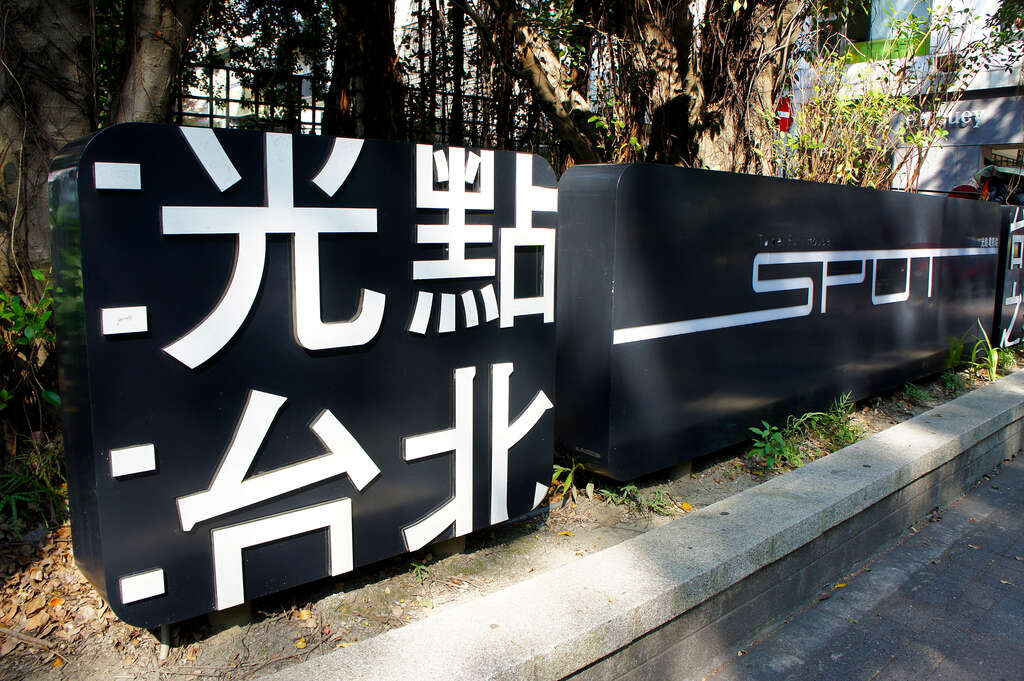SPOT - Taipei Film House Introduction
The building is a two-story Western structure with a white exterior, featuring Greek column-style pillars, reminiscent of the American Southern colonial style. American ambassadors such as Leonard Woodcock, Jack A. Pritchard, and John W. K. Lau used this building as their residence. After the severance of diplomatic relations between the United States and China in 1979, the last ambassador left Taiwan, and the building was officially closed. After being unused for a long time, the Ministry of the Interior designated it as a Level 3 historical site on February 20, 1997, giving it a new opportunity. The Taipei City Cultural Affairs Bureau commissioned the Taiwan Film and Culture Association to manage it, transforming it into "Taipei House," focused on film culture. It features the Guang Dian Cinema, which has 88 seats. "Guang Dian . Red Balloon" is a film salon offering light snacks and can accommodate about 50 people, open to the public before 5 PM each day. The Corridor Exhibition Hall displays works from various artists, and the multi-functional art hall has an area of 25 ping, accommodating around 60 people, equipped with a bookshelf related to films for public reading, suitable for lectures, discussions, and tea parties. "Guang Dian . Coffee Time" café is located beside the garden near the old tree, while "Guang Dian . Living" bookstore is themed specifically around "film" and "city." Taipei Guang Dian lights up the beautiful shadows of Taipei's film culture.


























